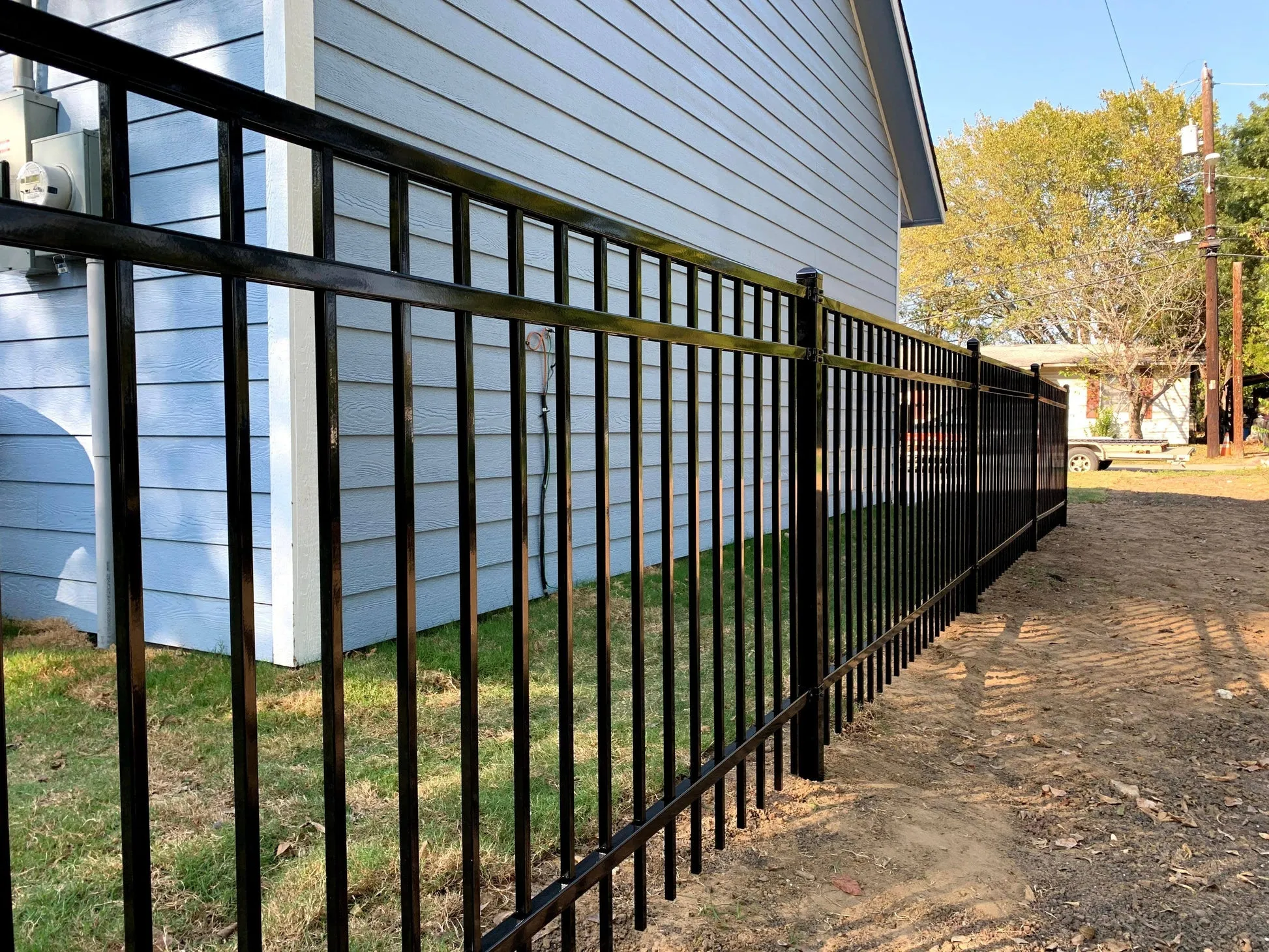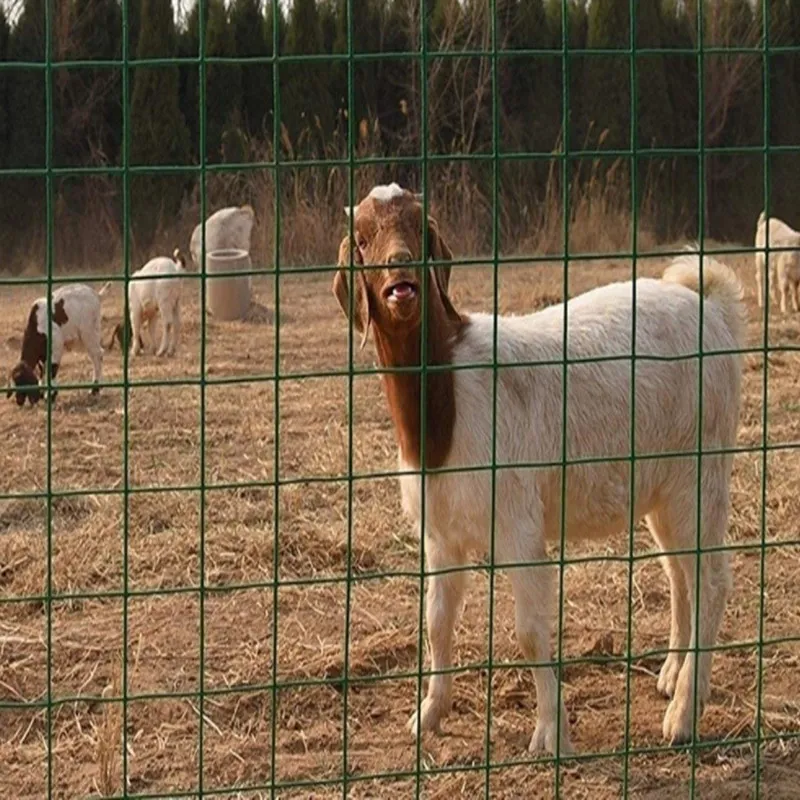Navigating the world of wholesale cattle fencing requires meticulous consideration, professional expertise, and a profound understanding of the industry’s evolving dynamics. Prospective buyers and industry stakeholders must strategically assess various types of fencing solutions, best practices for installation, and long-term maintenance strategies to safeguard livestock effectively. This comprehensive guide explores the intricacies of cattle fencing, offering industry-backed insights and authoritative advice to optimize your investment and enhance operational efficiency.

Wholesale cattle fences serve a critical function in the agricultural sector, facilitating livestock management and asset protection. Farmers and ranchers must choose from a variety of fencing materials such as barbed wire, electric fencing, and woven wire, each offering distinct benefits and limitations. Barbed wire has been a staple due to its cost-effectiveness and reliability, but recent advancements have seen a shift towards woven wire for its ability to prevent livestock breakouts while minimizing potential injuries. Electric fencing, often the solution of choice, offers versatility and ease of installation, making it increasingly popular in modern agricultural practices.
A key consideration in selecting the right wholesale cattle fencing is the geographical and environmental context. For example, regions prone to harsh weather conditions, such as heavy snowfall or strong winds, may require sturdier and more resilient materials to withstand such challenges. It's essential for industry professionals to balance cost and durability, ensuring they select a solution that meets both budgetary constraints and environmental demands.

From a professional standpoint, understanding regulatory frameworks and compliance standards is paramount in the realm of wholesale cattle fencing. Many regions impose specific standards to ensure the safety and efficacy of fencing solutions in agricultural settings. Compliance with these regulations not only protects the livestock but also shields the farm owner from potential legal liabilities. Thus, staying informed about regional legislation and integrating these requirements into the fencing strategy is non-negotiable.
wholesale cattle fence
Investing in high-quality wholesale fencing necessitates a commitment to routine maintenance and monitoring. This proactive approach ensures the longevity of the investment while safeguarding livestock. Routine checks for damages, ensuring adequate tension in wire fences, and regular servicing of electric systems can prevent major disruptions and costs in the long run. Additionally, professional installation by certified experts can significantly enhance the effectiveness and durability of cattle fences, mitigating potential risks associated with amateur installations.
The digital age has ushered in technological advancements, prompting the integration of smart fencing solutions. IoT-enabled electric fences are gaining traction for their ability to offer real-time monitoring and control, significantly boosting operational efficiency. These systems can alert farm owners of any breaches or power failures, providing peace of mind and reducing manual oversight needs. Moreover, data-driven insights can help refine livestock management strategies, promoting overall farm productivity.
Ultimately, the decision-making process regarding wholesale cattle fencing should be informed by a blend of empirical data, expert consultations, and a deep understanding of the farm’s operational needs. While initial costs and potential ROI are crucial considerations, the long-term benefits of securing livestock, ensuring their well-being, and adhering to safety standards hold equal importance. Embracing innovation while retaining robust and secure fencing practices can shield the farmer from unforeseen issues, fostering a productive and profitable agricultural operation.
This comprehensive overview of wholesale cattle fencing underscores the need for informed decision-making grounded in expertise and authoritative knowledge. By balancing cost, functionality, and regulatory adherence, farm owners can effectively manage their fencing investments to ensure optimal livestock protection and farm productivity.
























